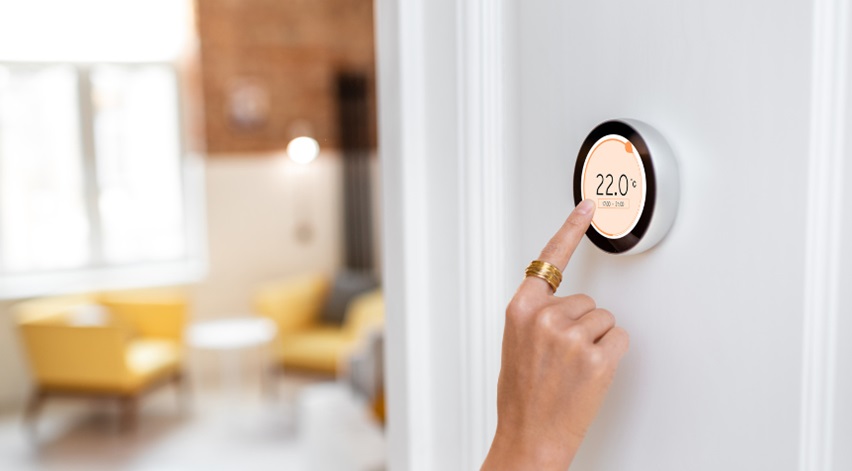A thermostat plays a critical role in regulating the comfort and efficiency of your HVAC system. However, minor errors in using or setting your thermostat can lead to energy waste, uneven temperatures, and unnecessary strain on your HVAC unit in Atlanta. By avoiding these common thermostat mistakes, you can enhance your system’s performance and save on energy bills.
Understanding the Importance of a Thermostat
Thermostats act as the communication link between you and your HVAC system. They control the temperature settings and ensure your home remains comfortable. Missteps in thermostat management can result in inefficiency or system malfunctions.
Mistake 1: Incorrect Placement of the Thermostat
The location of your thermostat is crucial to its accuracy. Placing it in direct sunlight, near vents, or close to heat-producing appliances can lead to false readings. These inaccurate readings may cause your HVAC system to overwork or underperform, leading to discomfort and higher energy bills.
Solution:
Install your thermostat on an interior wall, away from drafts, direct sunlight, and heat sources. This ensures precise temperature readings and optimal HVAC performance.
Mistake 2: Setting Extreme Temperatures
Setting your thermostat to extreme temperatures to heat or cool your home faster is a common misconception. HVAC systems work at a consistent rate, and drastic temperature adjustments do not speed up the process. Instead, it strains the system and increases energy consumption.
Solution:
Set your thermostat to a comfortable, moderate temperature and give your system time to reach it. Consider using programmable or smart thermostats to maintain consistent settings and energy efficiency.
Mistake 3: Ignoring Seasonal Adjustments
Failing to adjust your thermostat settings during seasonal changes can compromise both comfort and efficiency. For example, maintaining summer settings during winter can result in overcooling or overheating, leading to unnecessary energy use.
Solution:
Adjust thermostat settings based on the season. During winter, set it lower when you’re away or asleep and higher when you’re at home. In summer, follow the opposite approach. Learn more about how thermostats work to better understand their functionality and improve their usage.
Mistake 4: Neglecting Thermostat Maintenance
Like any other component of your HVAC system, thermostats require maintenance. Ignoring dust buildup or failing to check calibration can lead to malfunctions and inefficiency.
Solution:
Clean your thermostat regularly and test its accuracy. Periodically, ensure it is calibrated to provide correct temperature readings. Replace the batteries if needed. Regular maintenance can help prolong the lifespan of your thermostat and keep your HVAC system running smoothly.
Conclusion
Avoiding these common thermostat mistakes can significantly improve your HVAC unit’s efficiency and lifespan. Proper thermostat management not only ensures a comfortable living environment but also reduces energy bills and extends your system’s life. Implement these tips to keep your HVAC unit in Atlanta functioning smoothly year-round.
FAQs
How do I know if my thermostat is faulty?
Signs of a faulty thermostat include incorrect temperature readings, an unresponsive display, or your HVAC system failing to turn on or off as expected. Regular maintenance and testing can help detect issues early.
Can a smart thermostat improve energy efficiency?
Yes, smart thermostats can improve efficiency by allowing you to program and control temperature settings remotely, ensuring consistent and optimized performance.
Is it worth upgrading my thermostat?
If your current thermostat is outdated or lacks modern features, upgrading to a programmable or smart thermostat can enhance comfort and reduce energy costs.
By making small adjustments and avoiding common errors, you can maximize the efficiency of your HVAC system and maintain a comfortable home environment.

